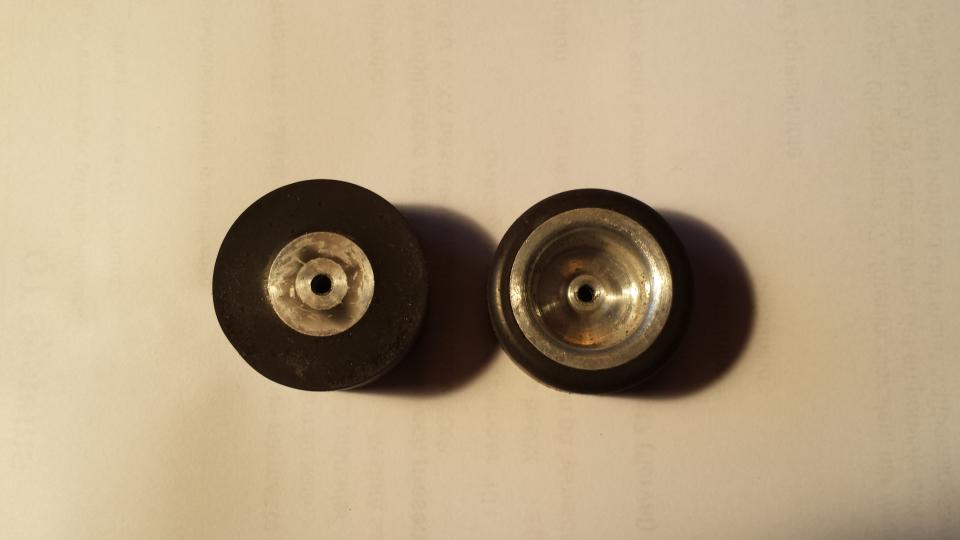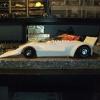Jocke,
Serious racers began to move away from using threaded hubs (on threaded axles) beginning around the middle of 1965. This of course was in large part dependent on the actual availabilty of other types of hubs. The ratio was probably about 8 or 9 out of 10 using threaded hubs, and the rest using either set screw or "Posi-Lock" type hubs.
By the end of 1965, the ratio had dropped to about 2/3 of all serious racers using threaded hubs, and almost all the rest using set screw hubs. Please note these are estimations based on race reports, columns and general articles in various slot racing magazines; I don't think ANYBODY really knows the exact amounts (I surely don't).
The 1966 R&C races, which were commercial, highly competitive and well documented by their sponsor, helped accelerate the trend away from using threaded hubs, and by the middle of 1966, the ratio had shifted to something like 2/3 set screw hubs and 1/3 threaded hubs.
By the end of 1966 the ratio of use in commercial racing was probably something like 4/5 set screw hubs, and 1/5 threaded.
Wheel manufacturer Riggen required their sponsored team members to use (of course) Riggen wheels, which in the beginning of 1967 were still threaded. So, when John Cukras, who was driving for Team Riggen in April of 1967 won a national race sponsored by Car Model magazine, he did it on threaded wheels. But that was pretty much the last hurrah. By the middle of 1967, virtually no one was still using threaded wheels on their serious slot racing cars; it was all set screw wheels.
In contrast, it should be noted that the use of threaded wheels on various Ready-to-Run (RTR) cars and kits (not intended for serious commercial racing) persisted through at least 1968.
Hope that helps!




















